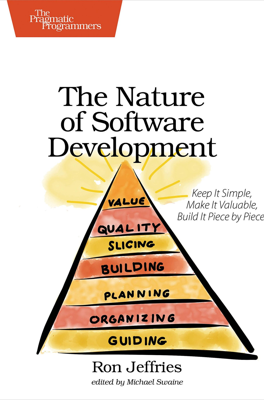The “Five-Card Method”for Initial Forecasting
Introduction to the Five-Card Method: - The Five-Card Method provides a structured way to perform initial large-scale forecasting without delving into excessive detail. It breaks down a project’s grand vision into manageable, understandable components.
Process of the Five-Card Method: 1. Identification of Epics: Start by identifying three to five major components or "epics" that describe the product's overarching goals. Each epic should be outlined on a separate card in a single, concise sentence. 2. Deconstruction into Smaller Cards: Each epic is then broken down into three to five smaller, more specific cards. These should define clear, sensible business features rather than technical specifications or minor details. 3. Equal Sizing of Features: Continue breaking down these components until each feature is approximately the same size—ideally, something a team member can complete in about a week. 4. Value Assessment: Throughout this breakdown, focus should be on identifying high-value features and setting aside those with lower value. This ensures that efforts are concentrated on components that yield the most significant impact.
Decision-making and project management: - The final step involves consolidating these detailed cards and evaluating them to determine if there’s enough information to proceed confidently with the project. Each feature's size and value are key to managing timelines and priorities effectively.
Implementation Strategy: - Rather than relying on intense effort or "whipping the ponies harder," success is achieved by carefully managing the features to be developed and those to be deferred.
By applying the Five-Card Method, teams can manage project scales and complexities effectively, ensuring that development focuses on feasible and valuable features, thus aligning with strategic business outcomes. This method also supports the agile principle of incremental development by facilitating manageable weekly goals.
